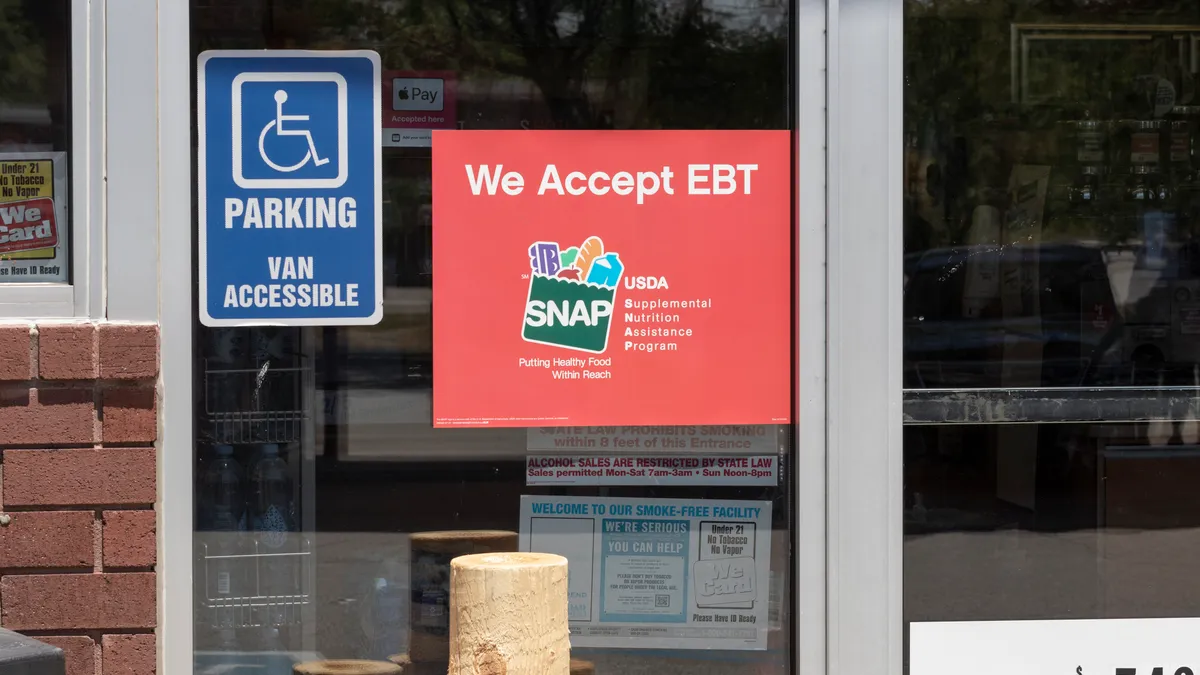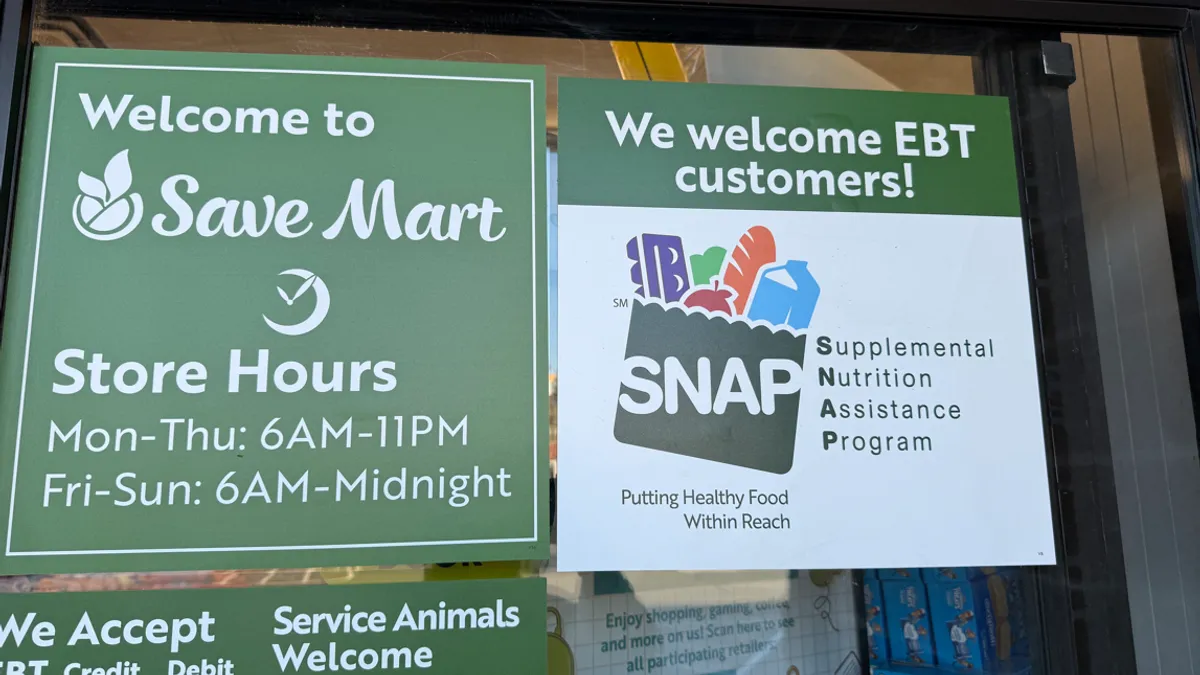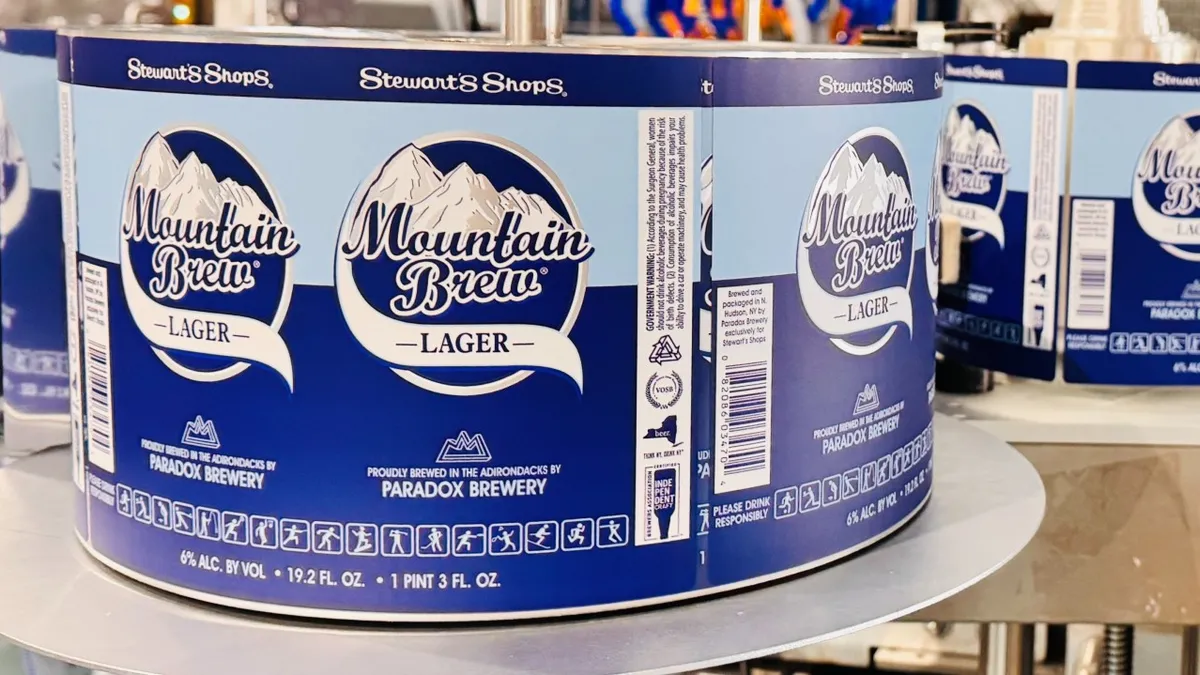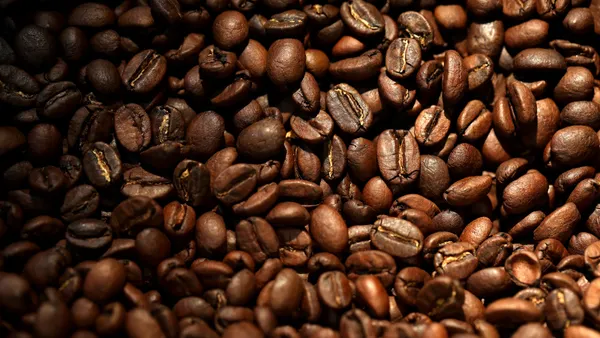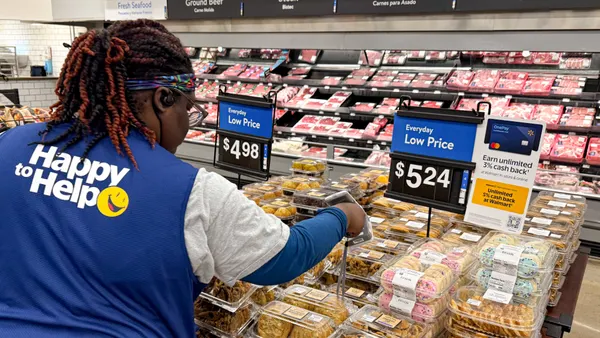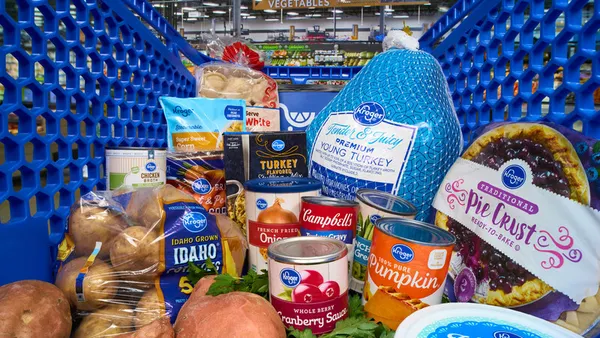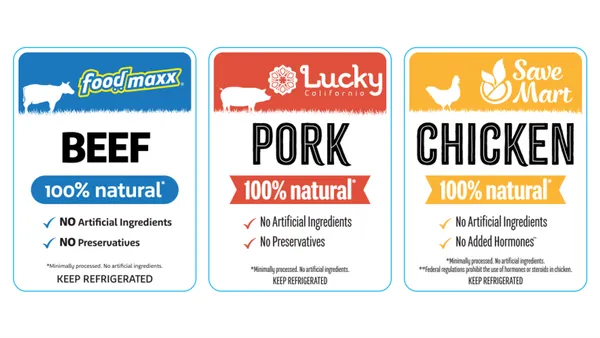On Friday, President Donald Trump signed a massive spending and tax bill, known as the “Big Beautiful Bill,” into law. The legislation slashes programs such as the Supplemental Nutrition Assistance Program and Medicaid, while increasing military spending and extending tax cuts that were set to expire, NBC News reported.
The legislation requires states to match at least 5% of federal funding for SNAP beginning in 2028 and tightens eligibility requirements for the program, PIX11 reported.
Regarding SNAP, U.S. Secretary of Agriculture Brooke Rollins said in a statement on Friday that the legislation addresses fraud and waste as well as “holds states accountable for their error rates.” Rollins also noted that the legislation “strengthens” work requirements for SNAP participants and claims that it prevents people living in the U.S. illegally from receiving SNAP funds.
The grocery industry and food advocates sounded alarms about the potential impacts that the legislation could have on SNAP participants and their spending power as the bill moved through Congress, but the final version that headed to Trump’s desk did not contain the “most damaging” SNAP provisions that lawmakers proposed, the National Grocers Association said on Thursday.
The NGA added, however, that it “led the successful effort to curb harmful changes” to SNAP, while securing tax provisions that the trade association says will benefit smaller businesses.
Opponents to the bill criticized the SNAP cuts.
“This bill represents a massive transfer of wealth from the working class to the top 1%. It enacts the largest Medicaid and SNAP cuts in history while adding over $3 trillion to the national debt,” Americans for Tax Fairness Executive Director David Kass said in a statement on Thursday.
More than 40 million people participate in SNAP. Numerator data released earlier this year found that 86% of surveyed SNAP users say their benefits don’t cover grocery expenses for a full month and 63% say they are concerned about their finances.
After peaking in 2022, SNAP participation has tapered down, Numerator found, with 15% of U.S. households participating in the program in February, 4 percentage points lower than May 2022.
As grocers look to continue appealing to SNAP consumers, Oliver Wyman shared six suggestions, including that retailers offer discounts on delivery and online memberships, upgrade their point-of-sale devices to accept SNAP/EBT chip cards and offer buy now, pay later plans. The management consulting firm also recommended that retailers use advanced analytics to improve their merchandising and forecasting, create personalized offers online for SNAP participants and use in-store displays to spotlight popular SNAP-eligible items.


